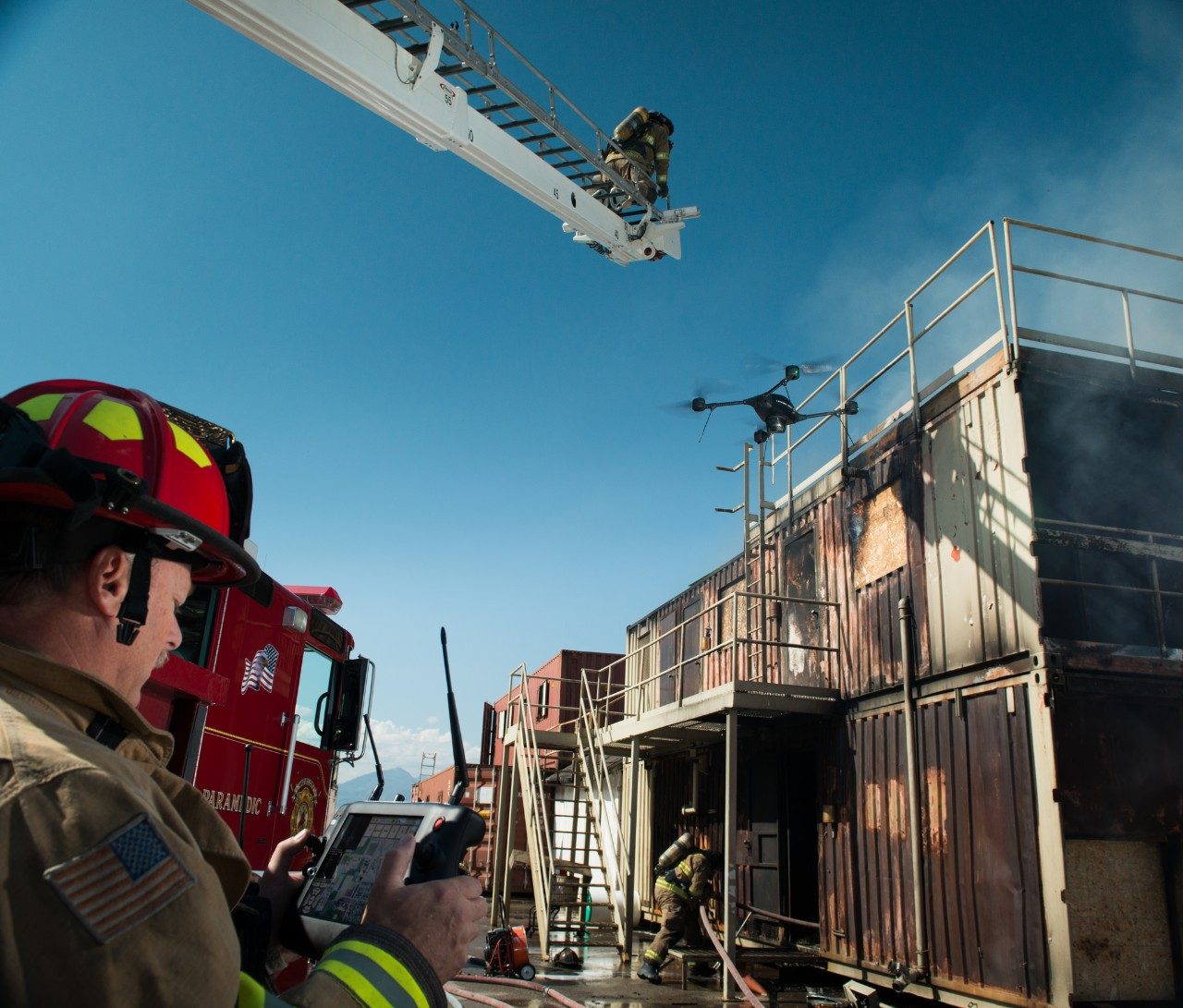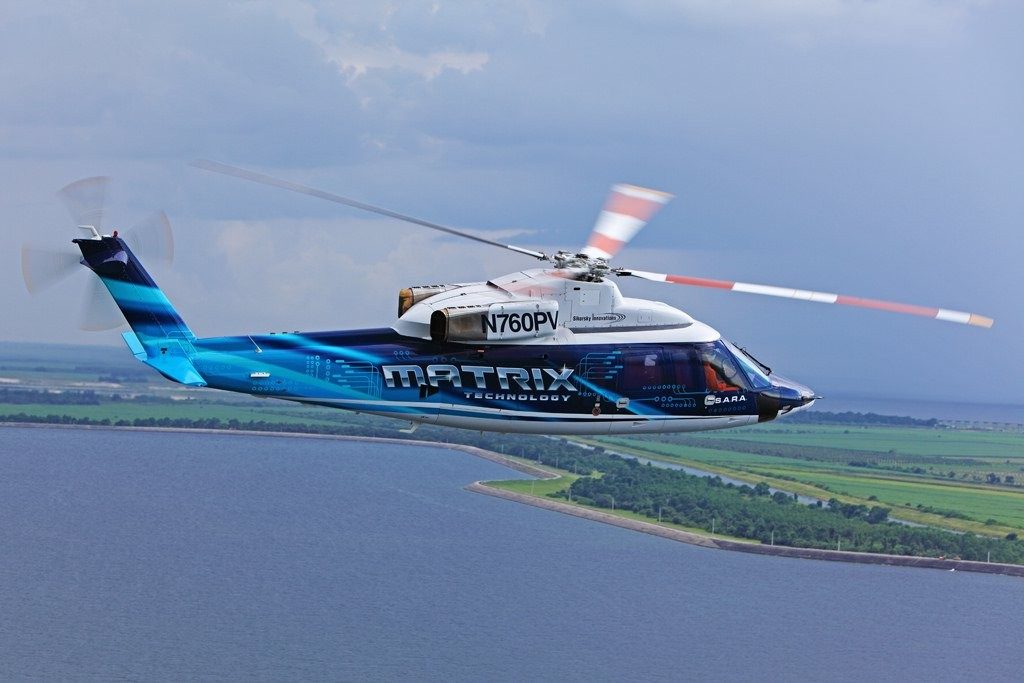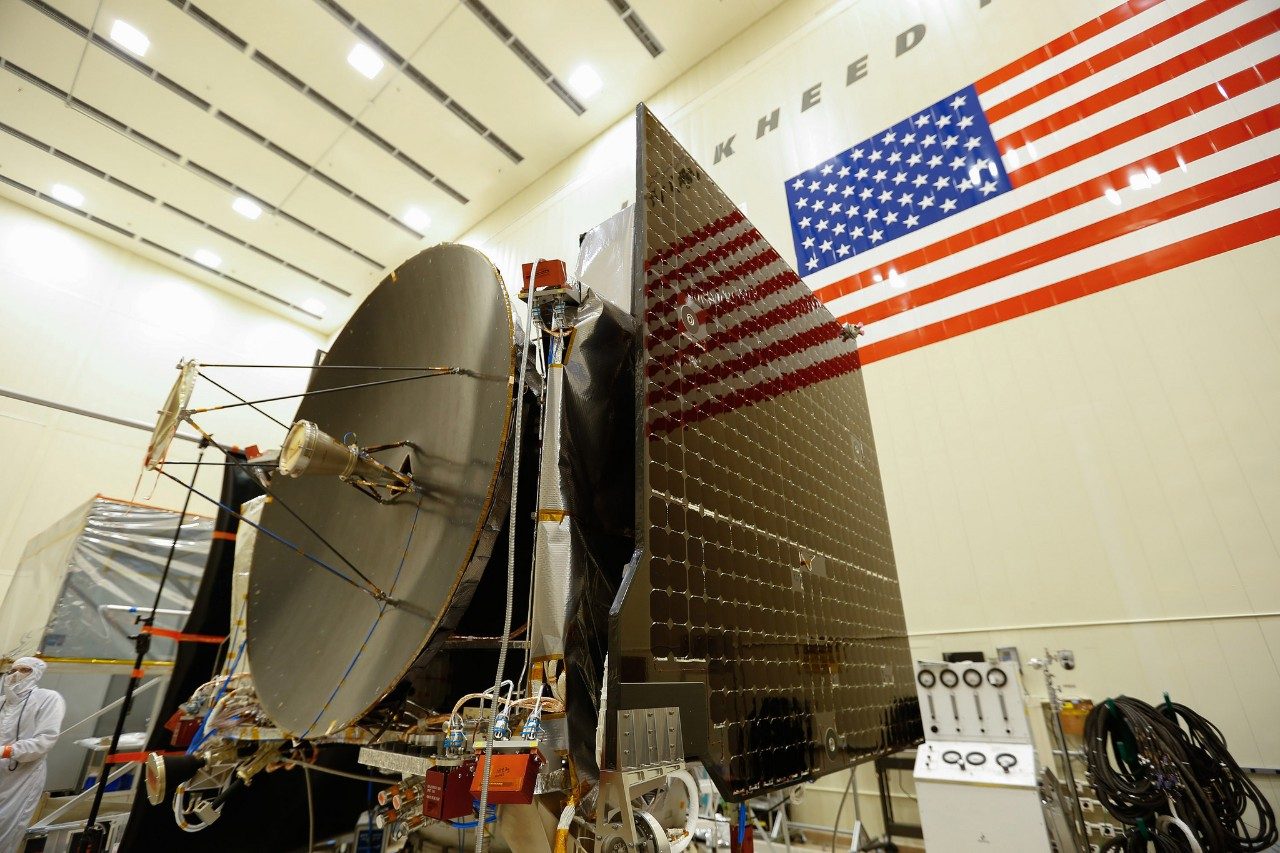The merging of machine capability and human consciousness is already happening. We’re not talking about sci-fi thriller cyborgs, rather soldiers working alongside autonomous convoys on the battlefield.
It’s no longer about who’s the best (machine or person) for the job—it’s about who’s the best team.
This new area of human-machine collaboration includes four types of teams.
Working Alongside
In this type of partnership, there’s a constant radio frequency connection between the controller and system.
One example is the Squad Mission Support System (SMSS™). This vehicle carries supplies and gear for dismounted troops, lightening their load. There is no driver on the vehicle in the traditional sense. Instead, a LiDAR scanner at the front of the vehicle scans its surroundings and compiles a 3D map of the world around the vehicle, including the height and size of its operator or another person.
The system works best as a team member of a squad or platoon in two types of scenarios:
- Following a person it can travel with a unit and provide instant resupply of food, water and ammunition as well as carry heavy packs and gear to keep troops from tiring before reaching their objective.
- Following a previously traversed path, SMSS™ can autonomously navigate using GPS between a squad or platoon in the field and the base camp in order to keep them well supplied.
“This partnership allows our troops to work away from base for an extended time with the supplies required to complete their mission,” said Don Nimblett, autonomous systems business development manager. “This is truly human-machine teaming of the highest order.”
Remotely Piloted

The remotely piloted “family” consists of technology operated by a person in another location. This type of team improves surveillance, safety and efficiency.
Indago, an unmanned aerial system (UAS), is one example of remotely piloted technology. Weighing less than five lbs., Indago easily fits into a backpack and can be airborne in just 2.5 minutes. And its successor, Indago 3, can cruise up to 25 mph and operate at temperatures as low as 30-degrees below zero and as high as 120-degrees.
Beyond the potential of delivering a package to your front door, Indago is already mapping the earth, aiding firefighters and locating missing people among other useful tasks.
“When first responders and warfighters are on the move, Indago can see what’s ahead of them,” explained Emily Jones, drone pilot. “It can gather real-time information in hazardous locations that traditional aircraft and ground vehicles can’t access.”
Computational Theory of Mind
Researchers at Lockheed Martin are exploring how to increase collaboration among unmanned aerial vehicle (UAV) swarms and operators by applying a Computational Theory of Mind, which models the human mind as an interrelated set of modules representing the beliefs, desires and intentions of the human.
In today’s combat zones, electronic warfare is used to prevent communication among team members. By applying Computational Theory of Mind, unmanned vehicles can understand a human operator’s intent even without real-time communication, where the operator is working “offline” and the UAVs must problem solve on their own.
Travel Within

Intelligent technology is changing the way we travel within and operate vehicles. For instance, consider the application of human-machine teams in the aviation industry –
“An autonomous system can be the world’s best co-pilot,” said Mark Ward, a test pilot working on autonomy research. “The system can essentially step in and fly the aircraft when the pilot needs to focus on other strategic tasks such as operating a highly complex weapons system.”
One technology that is evolving this team dynamic is MATRIX™. This toolkit is designed to integrate with existing systems inside a helicopter and within milliseconds provide real-time data to:
- Help land in degraded visual environments
- Update vehicle health and maintenance needs
- Provide awareness about weather issues and obstacles
- Perform in-flight checks
- Execute emergency procedures
By reducing pilot workload and error, this partnership improves overall performance and safety during critical operations.
Trust Autonomy

We all know that trust is the hardest part of any relationship. So, imagine trusting a machine to execute a job flawlessly from millions of miles away in space.
That’s exactly what the OSIRIS-REx spacecraft team is doing. OSIRIS-REx is traveling more than 620 million miles to take samples of asteroid Bennu and return them to Earth.
To reach Bennu, the OSIRIS-REx navigation team evaluates the optimal route or trajectory.
Periodically, maneuvers need to be performed to keep the spacecraft on the intended route —similar to plugging in a predetermined route via your car’s navigation system. These maneuver sequences are just one example of the many things the spacecraft must be able to do autonomously as the spacecraft is not in constant communication with the Earth.
“With communication link times on the order of several minutes between Earth and the spacecraft, autonomy is the crux of all activities executed on the OSIRIS-REx vehicle,” explained Josh Wood, OSIRIS-REx Systems Design Lead. “Having accurately followed every command the team has sent to it, OSIRIS-REx also knows how to autonomously take care of itself in an emergency.”
In the coming months, the team will choreograph a set of maneuvers for OSIRIS-REx to follow as it flies by Earth this fall on its way to Bennu.
New ways of teaming allow humans and machines to do more together than they could by themselves. And this is just the start.




